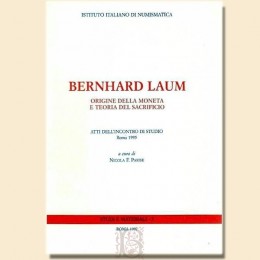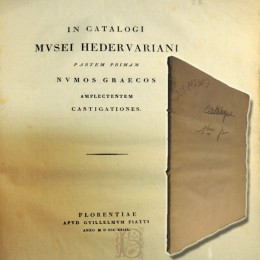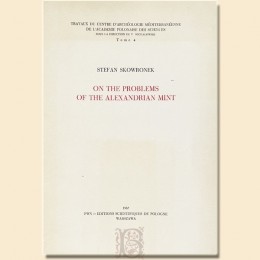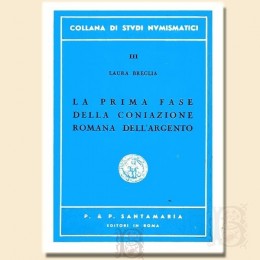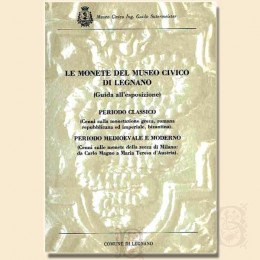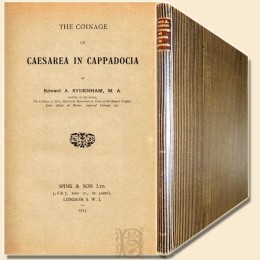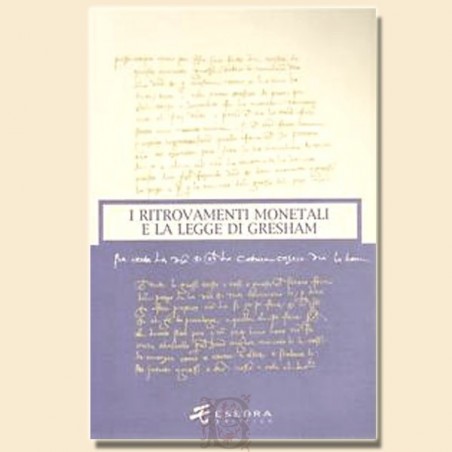
Monetary finds and Gresham's law
Monetary finds and Gresham's law. Proceedings of the III International Congress of Numismatics and Monetary History. Padua 28-29 October 2005, edited by Michele Asolati, Giovanni Gorini, Esedra Editrice, Padua 2006, pp. 222, richly illustrated, 27 cm, br. and.
Numismatica Patavina, 8. Series directed by Giovanni Gorini.
The expression "Gresham's Law" identifies the economic-monetary phenomenon according to which "bad money drives out good", that is, the practice that leads to spending, for the same face value, the coins with the worst metal content and to storing and accumulating those with better content. In the past, this practice had a fundamental importance and significant implications at a historical-economic level, but still today it continues to play a role, for example by pushing us to spend the most creased banknote and to keep the printable one. This book collects the contributions proposed during the III International Congress of Numismatics and Monetary History (Padua, October 28-29, 2005) on the theme of Gresham's Law and monetary finds. In particular, the results it had in the Greek, Celtic, Roman, Byzantine and medieval European world are examined in depth and its "paternity" is also discussed: attributed to Sir Thomas Gresham (ca. 1519-1579) in the second half of the nineteenth century , more likely, it can be traced back to Italian environments in which the phenomenon was already known and theorized a century earlier. The volume also includes as an appendix the re-edition of the contribution Uses and abuses of Gresham's Law in the History of Money by Robert Mundell, professor of Economics at Columbia University in New York and Nobel Prize in Economics in 1999.
New one.
N200-2903







